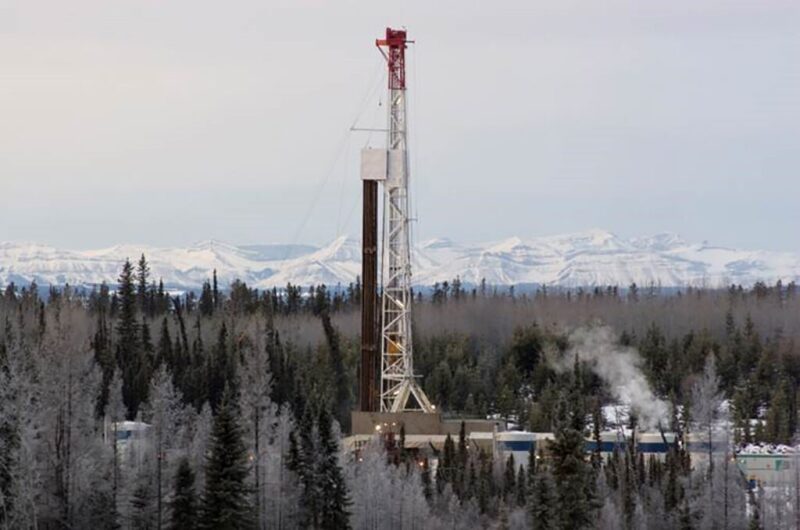In the first half of 2020, Canada’s production declined 20% from its 2019 average of 5.5 million B/D as a result of low crude oil prices, reduced demand, and continued production curtailments imposed by the government of Alberta. Last year, when Canada was the world’s fourth-largest producer, the province accounted for more than 80% of its production.
Canada produced about the same amount of petroleum and other liquids in 2019 as it did in 2018, when western Canadian select crude oil was trading at historically low prices. The government of Alberta imposed production curtailments in early 2019 to reduce associated bitumen production and reduce inventories and growing constraints on export pipeline capacity. These restrictions were extended through the end of this year.
The US Energy Information Administration (EIA) estimated that Canada’s production of petroleum and other liquids fell from 5.6 to 4.9 million B/D between March and April, similar to the 640,000 B/D decline over the same period in 2016 when wildfires struck the area.
In May, production fell to 4.4 million B/D when it reduced production more than most of the 10 OPEC+ countries. Among non-OPEC producers, Canada’s declines were the third-largest after Russia and the US. Production increased slightly in June, as demand in Canada and the US also increased.
EIA projects Canada’s production to remain less than its 2019 average through the first half of 2021, to average 5.1 million B/D in 2020 and 5.5 million B/D in 2021.


